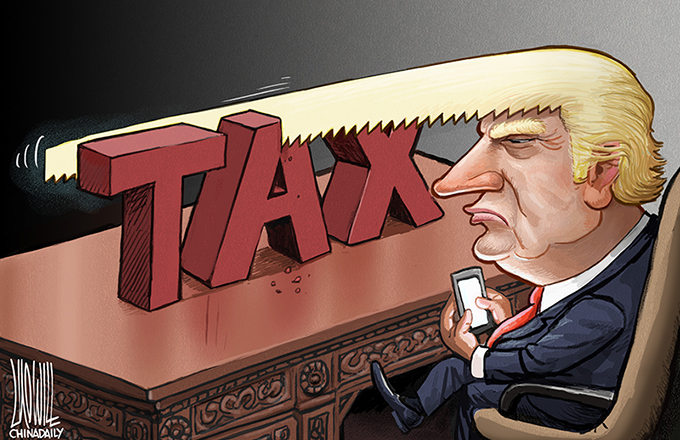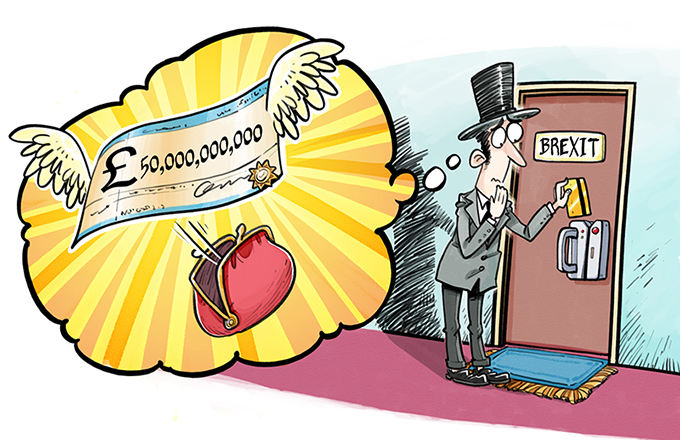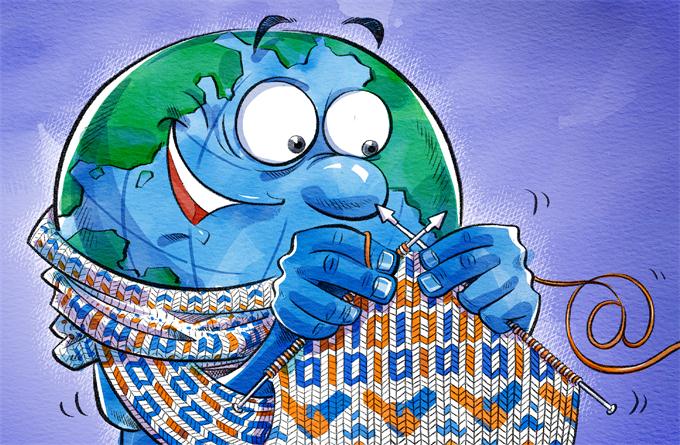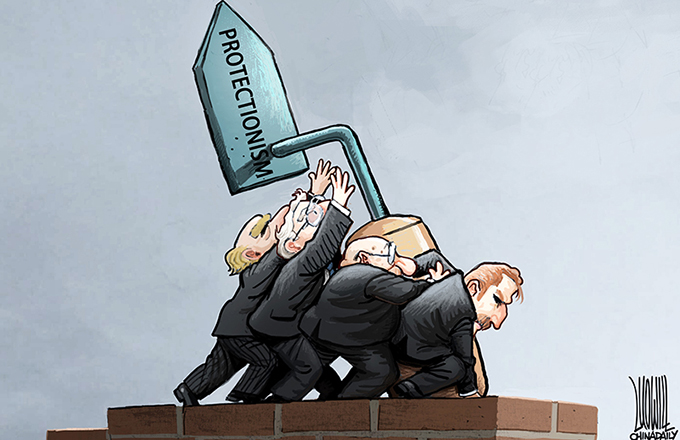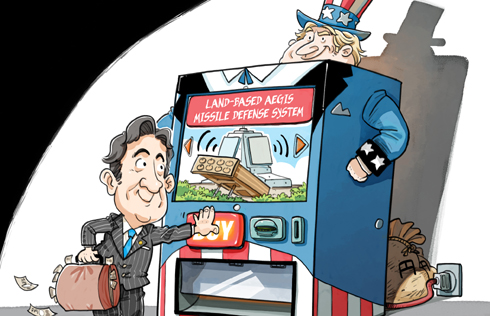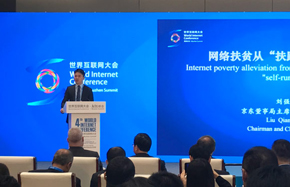Assistant Foreign Minister Hu Zhengyue's remarks on China's Asia policy
Question: Given the persistent impacts of the international financial crisis and growing uncertainties and destabilizing factors in the international economic environment, what role do you think China and other Asian countries have played in boosting economic growth in Asia and the world at large?
Answer: In the ASEAN Plus Three Summit held in Hanoi, Vietnam not long ago, President Lee Myung-bak of the ROK and the leaders of some ASEAN countries said to the effect that with a crisis comes opportunities. Each crisis and challenge, from the Asian financial crisis to the international financial crisis, has made Asian countries stronger and more united, lifted East Asia cooperation to a new level and contributed to the prosperity of the region and the world. This indeed has been the case.
In October 2008, shortly after the international financial crisis broke out, leaders of East Asian countries held a breakfast meeting during the 7th ASEM meeting in Beijing. They exchanged views and reached an important eight-point consensus on ways to fend off various risks and maintain stability in the Asian economy and the world economy, in finance, in capital markets and in people’s lives.
Over the past two years, carrying forward the fine tradition of working together to tide over difficulties, Asian countries have strengthened solidarity and coordination, and actively promoted regional cooperation while rolling out their own stimulus packages in light of individual national conditions. Asian countries have thus played an important role in helping Asia to lead in an economic rebound, and made East Asia a major engine for world economic growth.
In trade, from January to September this year, the trade volume between China and other Asian countries exceeded US$640 billion, up by 38% year-on-year. China’s imports from Asian countries were US$361.3 billion, up by 44% year-on-year. China’s trade deficit with Asian countries totaled US$79.6 billion, including a trade deficit of US$52.2 billion with the ROK, US$41.4 billion with Japan, and US$12.2 billion with ASEAN. China remains the biggest export market for other Asian countries. We have scaled up assistance to countries in South Asia, like Bangladesh, Afghanistan and Pakistan. We gave preferential tariff treatment to 70% of imports from Bangladesh and Afghanistan, in order to reduce trade imbalances.
In FTA development, this is the first year for the full establishment of the China-ASEAN Free Trade Area (CAFTA). As the biggest FTA among developing countries, CAFTA has substantially increased the efficiency in the flow of production factors like capital, resources, technology and professional talent, offering an enabling environment never seen before for more trade and investment cooperation. According to Chinese statistics, from January to September this year, China-ASEAN trade volume reached US$211.31 billion, up by 43.7% year-on-year. The two-way trade volume will hopefully hit a historical high this year. China and other East Asian countries are also actively promoting the building of an East Asia Free Trade Area. China, Japan and the ROK have set the target of completing a joint research initiative by 2012 by governments, academia and industries on a trilateral FTA. We are also working with East Asian countries to reject trade protectionism together and minimize the impacts of the international financial crisis.
In investment, the Chinese government encourages established enterprises to expand and optimize their investment in Asian countries. Our statistics show that in the first quarter of this year, China’s non-financial investment in Asian countries grew by 102% year-on-year, and Asia has now hosted more Chinese-invested enterprises outside China than any other region in the world. In addition, the stock of China’s direct investment in ASEAN countries had reached US$9.6 billion by the end of 2009, more than half of which had been made since 2008. The Chinese investment has expanded from conventional sectors like mining and construction to energy, manufacturing and commercial services.
In infrastructure and connectivity, China actively supports the Master Plan on ASEAN connectivity, and is seeking to cooperate with East Asian countries in developing roads, railways, navigation routes and ports in the region. We also step up our participation and cooperation in Greater Mekong Sub-region (GMS) Economic Cooperation, the ASEAN Mekong Basin Development Cooperation (AMBDC), as well as other mechanisms.
In financial cooperation, thanks to the concerted efforts of all parties, the 10+3 financial cooperation has continued to make substantive progress. We have maintained financial stability in East Asia and achieved the Chiang Mai Initiative Multilateralization, establishing a regional foreign exchange reserve pool of US$120 billion and a regional Credit Guarantee and Investment Facility of US$700 million. China has signed bilateral currency swap agreements amounting to 360 billion RMB yuan with Malaysia, Indonesia and the ROK. China, Japan and the ROK have also decided to negotiate and sign a trilateral investment agreement as soon as possible. China is now working with other East Asian countries to make the Chiang Mai Initiative more effective, strengthen exchanges and coordination on macro-economic policies, advance the development of an Asian bond market, jointly explore ways to promote cross-border bond transactions and settlement in the region, build the development capability of the bond markets, and conduct forward-looking and strategic research on deepening East Asian financial cooperation.
In the field of science and technology, energy and environmental protection, China and Japan are actively promoting cooperation on the “China-Japan Caofeidian Eco-Industrial Park” project and China and Singapore are working together on the “Sino-Singaporean Tianjin Eco-City” demonstration project. China, Japan and the ROK are earnestly implementing the Joint Statement on Strengthening Science and Innovation Cooperation Among the People’s Republic of China, Japan and the Republic of Korea, and are encouraging research institutes, universities and businesses to conduct all-directional and in-depth cooperation in such key areas as energy conservation and environmental protection, new energy and renewable energy, focusing on technology research, application research and technical innovation.
Besides, China has extended a helping hand to other Asian countries hit by natural disasters. The Chinese government provided disaster relief aid to Pakistan worth US$250 million when the country was ravaged by a devastating flood rarely seen in history. In the wake of the earthquake, tsunami and volcano eruption in Indonesia, President Hu Jintao immediately sent a message of sympathy to President Susilo and the Chinese government and the Red Cross Society of China offered US$500,000 and US$30,000 in grant to Indonesia respectively. China has taken an active part in the post-disaster reconstruction of Pakistan and the post-conflict reconstruction of Afghanistan and Sri Lanka. These efforts speak to the goodwill of the Chinese people.
Development is a common task for China and other Asian countries, and it is what concerns all of us most in Aisa. The current international financial crisis is far from being over and the Asian economy is still confronted with many foreseeable and unforeseeable risks and challenges. We will stay committed to an opening up strategy of mutual benefit and win-win progress, work together with other Asian countries and help and support each other to jointly push for the recovery and growth of the Asian economy.


